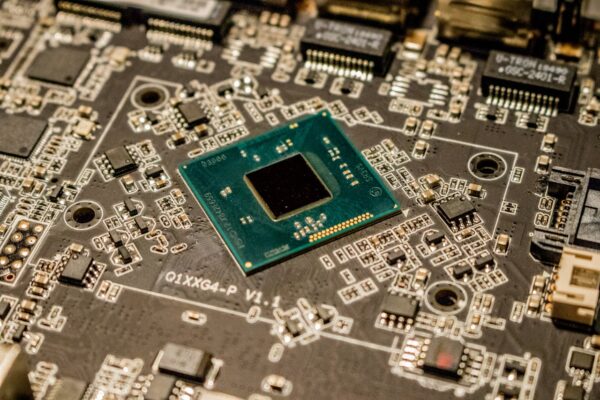The global semiconductor shortage of 2021 impacted numerous industries, and some are still dealing with lingering scarcity. That major shortage led to a massive increase in price for semiconductors and electronic components—some organizations reported paying over 100x to procure components for electronic equipment, most of which affect virtually everyone on the planet, from life-saving ventilators to aircraft control panels.
While supply constraints continue to be top of mind for manufacturing companies, sourcing and commodity teams are being tasked with optimizing inventory to improve working capital, combat inflationary price increases, and optimize spend. They’re being asked to do “more with less,” however, with limited resources and tools, and time-consuming manual processes. While there’s no single action or “magic bullet” for this problem, one of the best ways electronics commodity teams can work to improve the bottom line:
Visibility into component usage and spend.
Growth in 2022 for electronic chip and components makers was a mere 1.1%, compared to 26% in 2021. Moreover, manufacturers are already announcing CapEx reductions in 2023, suggesting a potential demand slowdown. The resulting influx of higher supply and softening demand should prove to be an obvious opportunity for price reductions, making component spend visibility essential to identifying opportunities where costs can be reduced to best reflect current market conditions. Seems straightforward, but without the right tools and tech, accessing, visualizing and acting on that data is much easier said than done.
For those commodity sourcing teams tasked with driving cost reductions, getting visibility to component usage and spend is, to put it simply, a challenge. Often, they have to pull together data from PLM systems, ERPs and spreadsheets of CBOMs to consolidate demand and negotiate pricing for thousands of parts they procure from component manufacturers. This painstaking process often requires hundreds of man hours to engineer and harmonize countless rows of data, and even after its complete, the result still lacks real-time market intelligence, effectively forcing electronics commodity teams to resort to yearly negotiations, if even that often.
So, how can electronics commodity teams get the necessary “big parts picture” and find ways to reduce costs for their organizations?
With modern sourcing technologies, of course!
Though it may seem dire, electronics commodity teams still have hope for achieving cost savings and improving the bottom line for their organizations. Thanks to innovative solutions from sourcing technologies, companies can gain immediate access to a comprehensive view of their component-level spend by products and suppliers, enabling them to make informed decisions and negotiate the best prices. Sourcing technologies also give companies the ability to renegotiate prices and contracts, and the ability to roll these updated prices into PCBA assemblies and product costs. The result? A better bottom line.
Ultimately, the use of sourcing technologies is a game-changer for companies in the manufacturing and electronics components industry. With market conditions continuing to trend downward, companies must find ways to reduce costs and increase efficiency. Modern sourcing technologies offer a solution that provides full visibility, enabling companies to make informed decisions and negotiate better prices, resulting in significant cost reductions.



